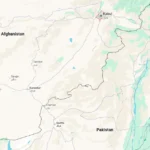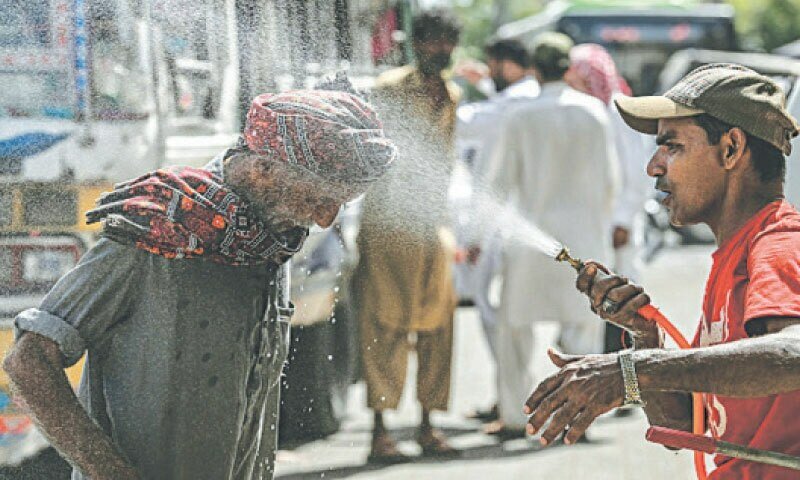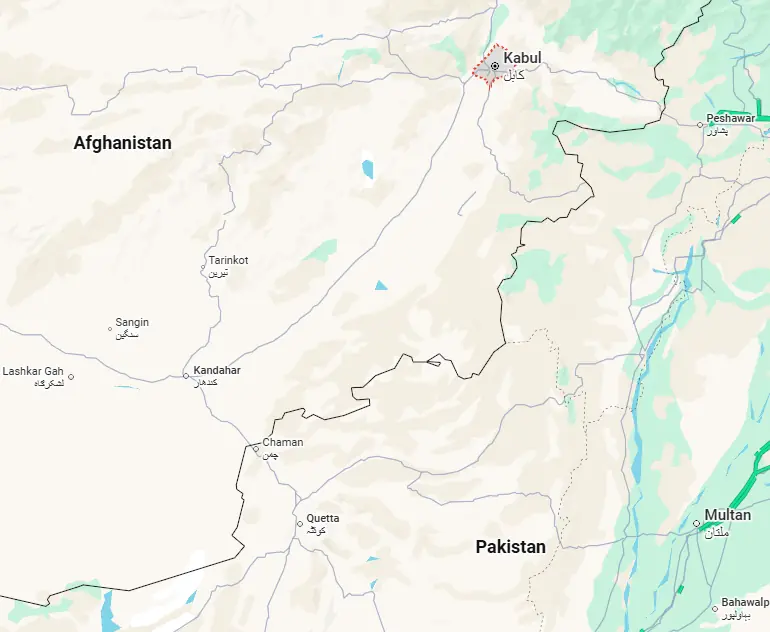• $ 830,000 in pre -established funds assigned for 12 high -risk districts
• Karachi, Hyderabad, Sukkur, Jaffarabad, Sohbatpur, Nasirabad identified as critical points
Islamabad: The United Nations have launched a ‘Integral heat wave contingency plan’ for Pakistan, directing the most vulnerable areas to extreme heat.
According to the United Nations Office for the Coordination of Humanitarian Affairs (UNOCHA), which prepared the Plan, the anticipatory action efforts in Pakistan are closely aligned with the ‘Contingency Plan of the intersectoral heat wave’ and are being reinforced even more through the coordination paper of Ocha.
When working in close collaboration with the provincial disaster management authorities (PDMA) and the humanitarian partners, the Ocha is facilitating joint planning, the mapping of the response efforts of the heat waves and promoting collective preparation.
In 2025, the pre -established fuel financing that amounts to $ 829,728 has ensured to support the preparation and activation phases of thermal wave response activities. These interventions aim to reach around 776,000 people in 12 high -risk districts in Sindh, Baluchistan and Punjab. Anticipatory actions will be activated based on thresholds prior to accessories and guided by established action plans.
The ‘Global Climate Risk Index’ has classified Pakistan as the fifth country most vulnerable to climate change, highlighting its high exposure to extreme climatic events and resulting economic and human impacts. This classification indicates that Pakistan is significantly exposed to the effects of climate change, particularly extreme climatic events, such as floods and heat waves.
There is a mild to moderate heat wave when the maximum daily temperature is three to five degrees Celsius above the maximum normal temperature for a duration of three to five days, which can lead to physical and mental health problems such as deaths and hospitalization, according to Unocha.
Local factors such as humidity, wind speed, air pressure, population sensitivity and acclimatization play a role in determining the influence of a heat wave. Urban areas with populations of more than one million are typically one to three warmer degrees than the surrounding areas.
Urban areas, particularly Karachi, Hyderabad and Sukkur in Sindh and Jaffarabad, Sohbatpur and Nasirabad in Baluchistan, have a high risk and require heat management strategies and public awareness to protect vulnerable populations.
According to the contingency plan, a total of 38 districts will be directed in the four provinces with an estimated affected population of 36.08 million. Sindh will be more affected by the heat wave, followed by Punjab, Khyber Pakhtunkhwa and Baluchistan.
Based on the situation of heat waves of 2024, Unocha has observed that despite recurring heat waves, urban areas such as Karachi lack early early war systems to mitigate heat -related deaths.
The absence of affordable cooling technologies, public cooling centers and hydration points exacerbates heat risks in urban environments, he said, asking for subsidies for affordable cooling technologies, public cooling centers in high density areas and water kiosks in urban and rural locations.
Posted in Dawn, May 1, 2025









